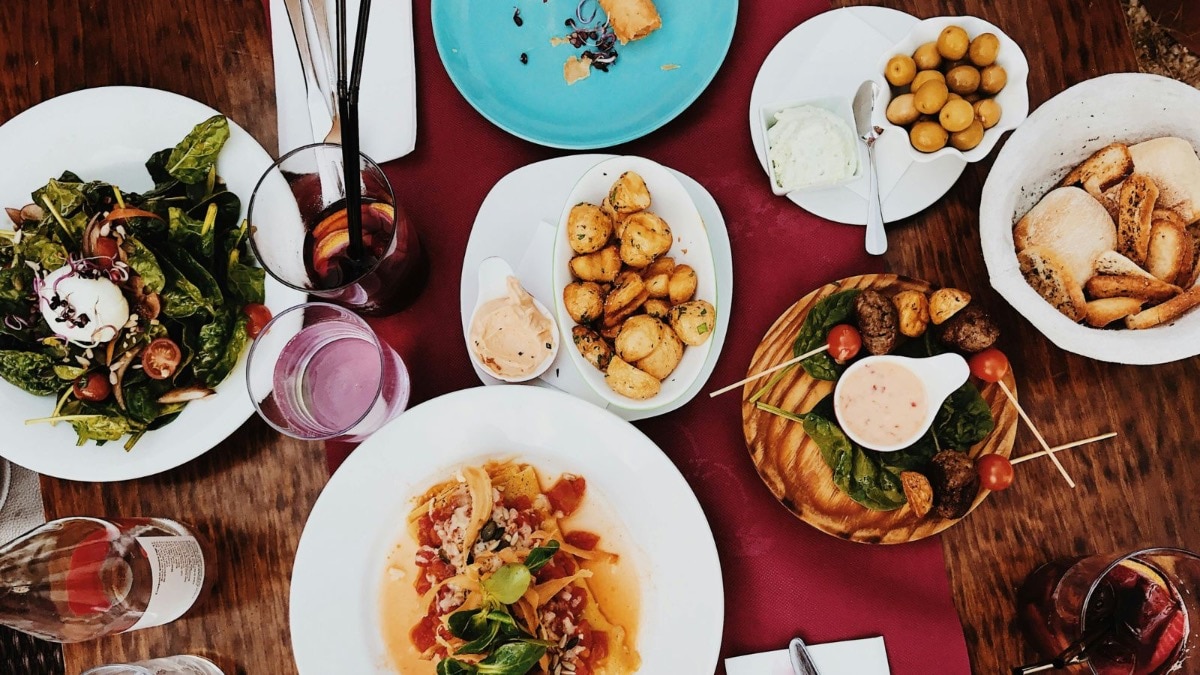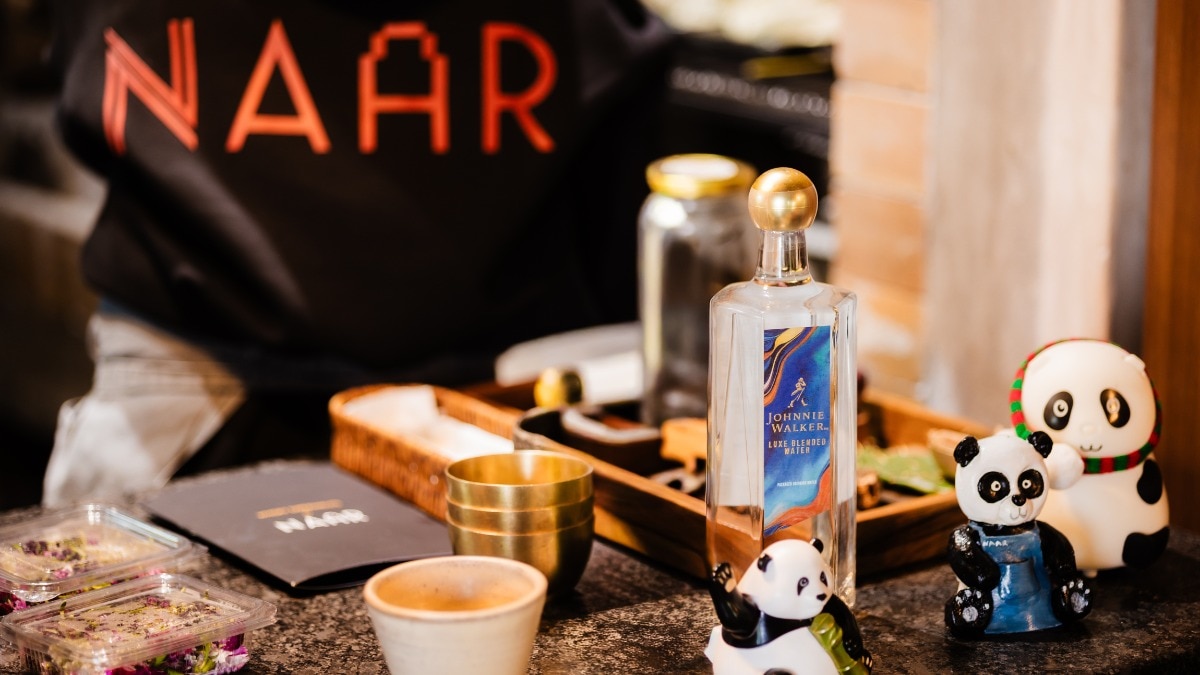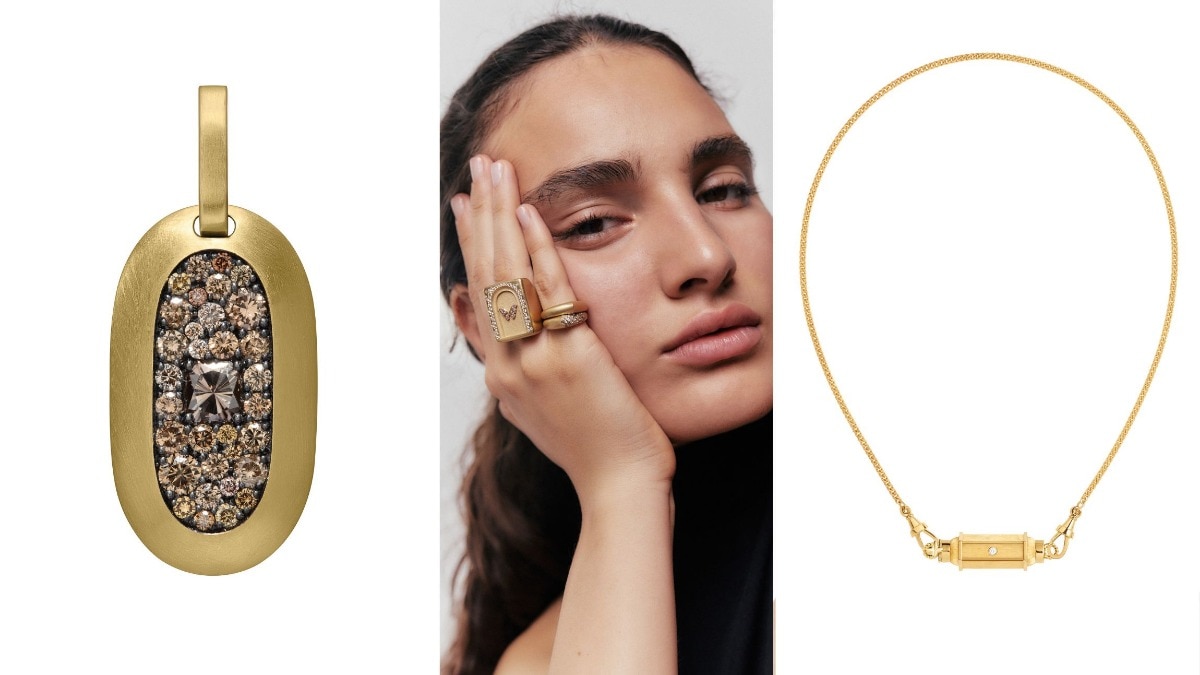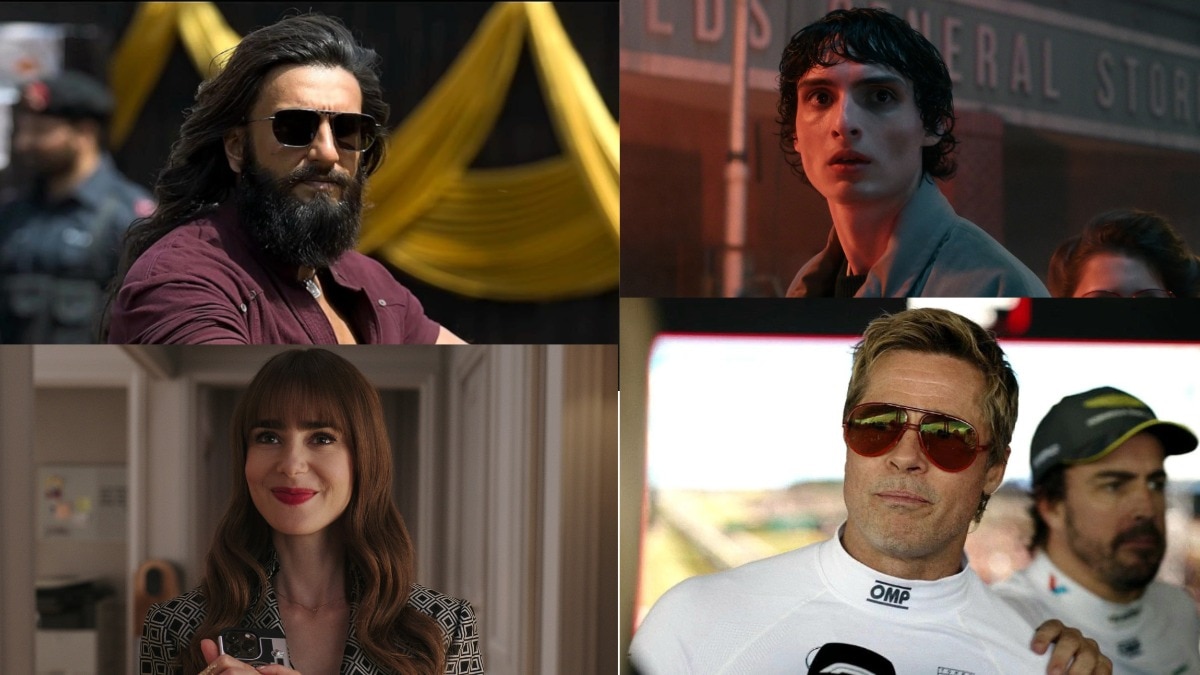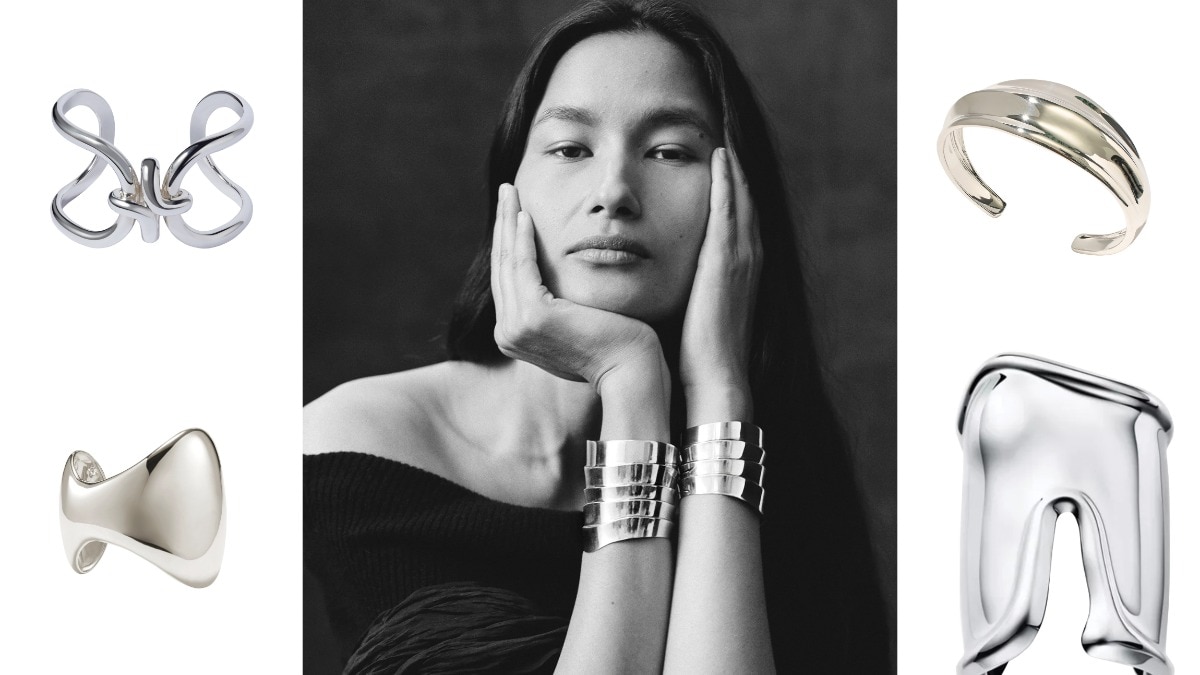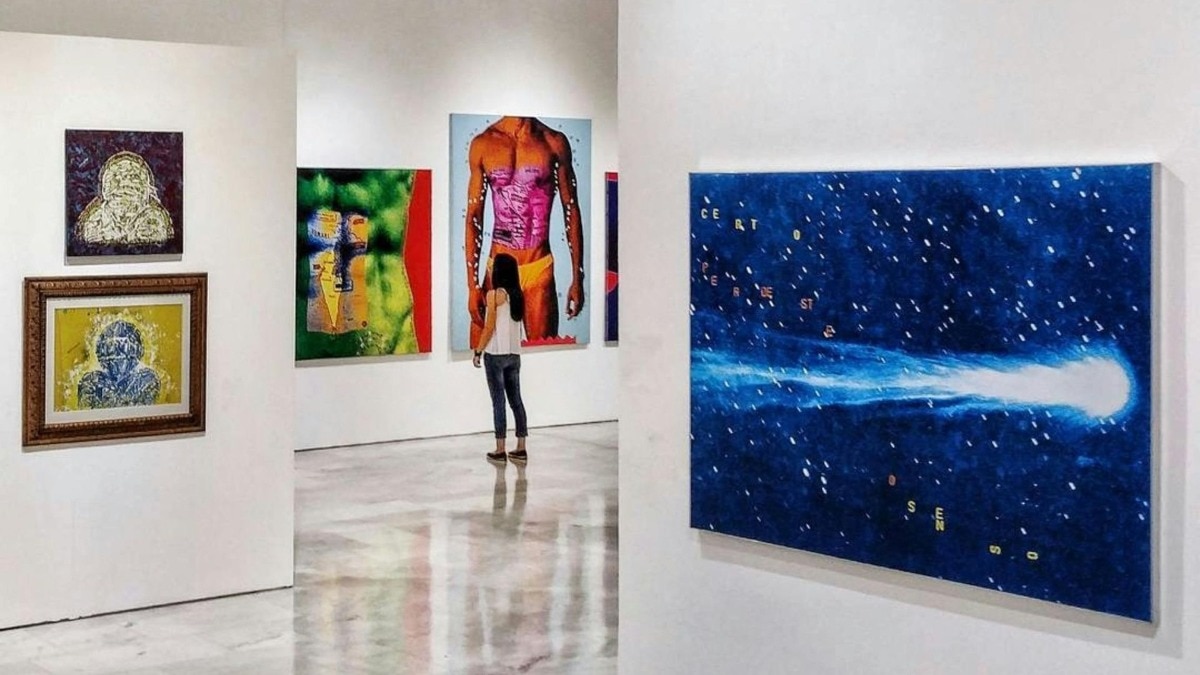
Poet and performer Navkirat Sodhi shares her journey of survival, strength, and self-love
Deeper than her scars is poet and performer Navkirat Sodhi’s renewed gratitude for life, one that transcends mind and body on a transformative journey.

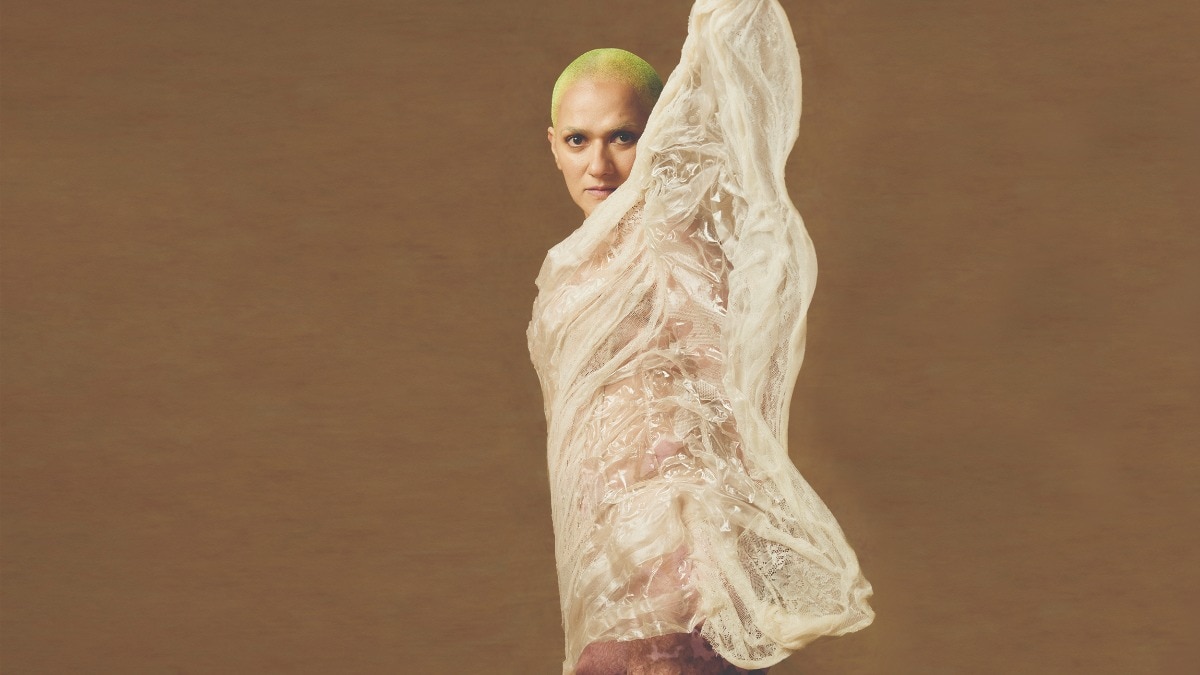
There are times when profound experiences make for the toughest retellings, especially when you have been tasked with writing down someone’s journey of trauma and healing. Much contrary to the breezy telephonic conversation two days before the cover shoot with the poet and performer, Navkirat Sodhi, my initial struggle to put it into words without either making her sound heroic or desensitising her experience, rattles me. It takes me a couple of days to finally put the dilemma to rest when I start addressing her as ‘Navki’ (as she is referred to by her friends) in the story instead of ‘Sodhi’. I still can’t comprehend how it exactly puts my perpetually overthinking mind at ease, but all of a sudden, she feels more ‘human’. Words, they say, work in mysterious ways.
“Taller than you, your mind. Smaller than you, your pain. Corrupt your soul to believe you stand only to gain…”—When Navki breathed life into these lines from her poem for Gaurav Gupta’s S/S ’25 collection showcase at Paris Couture Week earlier in January, you could see her quiet resilience making way through the packed rows, who were as awestruck as the rest of us watching the video online. As Gupta’s show notes read ‘Caught in the fire and reborn in the light’, Navki glides through the oration barefoot, dressed in white, symbolic of rebirth.

Her journey is beyond inspirational—the stuff we read in books or watch in films. Navki refers to it as ‘rebirth’—a life-altering fire accident last year that has changed her worldly views. “Literally and metaphorically, a lot of issues like anger, frustration, discontentment—all of that got scorched along with my older self or older body,” she tells me. Certain things that would irritate her in the past don’t anymore. “When it comes to the body, it’s been very ironic because earlier I used to feel like I needed something or the other to be perfect—it has to be a certain weight or shape. And now, when I landed in the ICU, the only thing that was working was a little bit of movement in my toes, and that’s when you realise we already have so much. We just try to, kind of in a futile way, chase perfection, which is somebody else’s idea. Somewhere, we lose track of what we already have is more than perfect, or more than we could ever imagine or ask for.”
It was about six weeks before the show, and Navki had barely started walking around, when Gupta, with whom she shares a spiritual bond that defies logic, told her to be a part of the show. That’s the moment when it sparked something in Navki to make her feel relevant again. “I had gone into a bubble dealing with surgeries, doctors, and healing in general. It almost seems like you’ve been cut off from the world. The only thing I was able to write at that point was my experience. When you’re coming out of something like this, your imagination doesn’t work because reality has hit you so hard that you can only speak from the heart. You don’t need to imagine or conjure things. It’s physical.”
Normally, her writing process is very fluid. “But this poem took almost a month to edit and be able to consciously share my feelings,” she shares. Navki didn’t want it to be overbearing in the sense of adding to whatever already exists in terms of grief. “Even at that point, I didn’t look at it from the context of being inspiring; it was just my experience.”
Poetry and fashion have always been her spirited armours. Navki’s belief in both fields has only become stronger, in a more reassuring way. She describes herself as ephemeral, rescuing, and liberating, as poetry and fashion are. “Both of them are riled with a lot of struggles of the heart and of the body, both of them are very tough yet very liberating. And if it wasn’t for fashion, I don’t think I would have come out of this [the incident] so beautifully...” In the hospital, she learnt of cases where people went into depression because their bodies had altered, and they weren’t loving themselves the same way. “In my life, fashion and poetry held me up, they became the pillars to say that ‘you are even more okay than you were before’. So, if they were my pillars earlier, now they have become my wings.”
The path of healing, physically and spiritually, is never a linear one. No two days look or feel the same. But Navki sees it less as fatigue, and more as her ‘now project’. “I am extremely grateful that I have this to do…” She goes on to tell me how, in the earlier stages of her recovery, while she was still immobile, she would feel these weird electric sensations in her legs. “I can’t explain…it felt like a billion ants crawling up my legs, and I couldn’t move. I spoke to my yoga teacher about it, and she said ‘you should be thankful you have the legs to feel these sensations’.” Gupta would defy the hospital rules and play music for her in the ICU, a mix of things she liked, meditative and instrumental. “When you’re in such a vibrational zone, because none of your body parts are working, you’re able to connect to tunes and instruments very fast. My yoga teacher, who was in Spain, flew down to be with me. I also had sessions with a healer who helped me get out of this weird void I had gone into because of all the drugs.” Navki picked up pieces of hope from everybody to learn how to be grateful for the big, little things in life.
She admits to having programmed her mind to look at what she has instead of what she doesn’t. “It’s been tough, of course, I don’t wish it on anybody in the world. The pain is unreal; you want to escape life. But it’s these little things like a therapist coming in to say, ‘divert your mind, organise your wardrobe in your head, by colour and season’. It just makes you realise the power of your mind, the power of how many games you can play with one mind, and rise above body and from pain.” It’s been a constant learning process for Navki, not the kind of injury that lets one forget. “It’s there on my body, for me to look at every day. It has made me even more grateful than before that I have this, and I have something to work on. I take care of my body even more now because what was taken for granted before has now become a blessing.”
I ask her about a particular moment when she felt a deep reconnection with herself and her body after the incident, or through the course of recovery. Navki takes a brief pause to recollect when, after the Paris show, she went to a small ski town with Gupta in France. “Everybody was in their ski suits, it was all white and super cold. I was wearing a cotton shirt and track pants, with normal shoes. I just asked the ski guide, ‘can you take me in the snow?’ I just want to stand in it for two minutes. I felt the cool enter my bones, it was like a message, something from the mountains, from the winds that just said that ‘you are whole’,” she reminisces. “I had been feeling so hot for so long, the pyre was not ending. The dressings, the healing…even till now, my skin is very hot.” It felt like a vision come true for Navki as she used to think about ‘being in white’ during her time in the ICU. “I used to tell everyone that I wanted to be in ‘white’, not knowing what kind. It could be the mountains, snow, clouds…something cold and white.” It was at this moment that she felt coming full circle…just being able to stand there [in the snow] without support, without worrying about anything. “It just made me feel coming back to life, there was a definitive message that said it’s all going to be fine...”
In her message to young girls who grapple with the societal constructs of body and beauty, Navki feels the most important step is ‘acceptance’. She wants people to take a hard look in the mirror without anyone being around and say out loud, “This is my body, this is me right now.” If that look is hard enough, you will automatically hear your inner voice telling you if you need to change anything about it or if you’re brave enough to go out the way you are, she is sure. “After acceptance comes the baby steps of displaying yourself. I think if the acceptance is complete, whatever follows is going to be miraculous.” There are a lot of times before we are even able to accept who or what we are and how we look, judgments and preconceived notions filter from several avenues to suppress our thoughts. Cancelling the noise and listening to one’s inner voice is what lays the foundation for self-acceptance and improvement. “I can speak about it now because of the experience; otherwise, it would have sounded preachy, like somebody sitting on their high horse…” she shares.
So, what’s she most excited about exploring creatively and personally in this new phase of her life? I ask. “I don’t know if it’s the drugs or a year-long hibernation; I have a new brain, a new zest. Ideas are mushrooming every day, and I’m not limiting myself, be it poetry or performances…I have started writing my book about this experience as well. Now that I feel stronger in my body, I’m able to revisit and write about it without spiralling into that whole dark phase. There are plenty of other ideas, I might want to do a poetry album, movies, shows…,” she is brimming with hope as if something has shifted within her. When I share my excitement about her book, she asks me, “Do you think it should be short, like 100 pages, or should it be like ‘Crime and Punishment’?” Navki laughs. I assure her it better be 300-400 pages!
Barriers have fallen, inhibitions have been shed, and something about her voice...it has opened up even more. “I’ve become more used to sharing myself. Earlier, I used to be quite clammed up emotionally and shared myself with only one or two close people, but now I’ve loosened up.”
The experience in itself has made her realise how little information and awareness is available about burn and acid attack survivors. She is looking forward to contributing to this cause by raising awareness. “GG (Gaurav Gupta) and I want to do something with a skin bank in Delhi because we don’t have one here yet. Skin had to be flown in from Hyderabad and other cities for my grafting procedures. My main aim is to spread information and awareness because there were a few people with similar experiences in the past who came to visit and that gave me a lot of encouragement. So, if that can be a protocol for burn survivors and patients, it can make a big difference.”
As we get to the end of the call, Navki tells me about her excitement for the shoot and that she didn’t eat carbs for a week. I assure her that’s no small feat, to which she smiles, “After all those bags of ketamine, I feel I can do anything…,” and signs off.
Also read: Bijayini Satpathy on strength, stillness, and the power of an evolving body
Also read: Milind Soman on why his 50s feel like his fittest, freest decade yet

